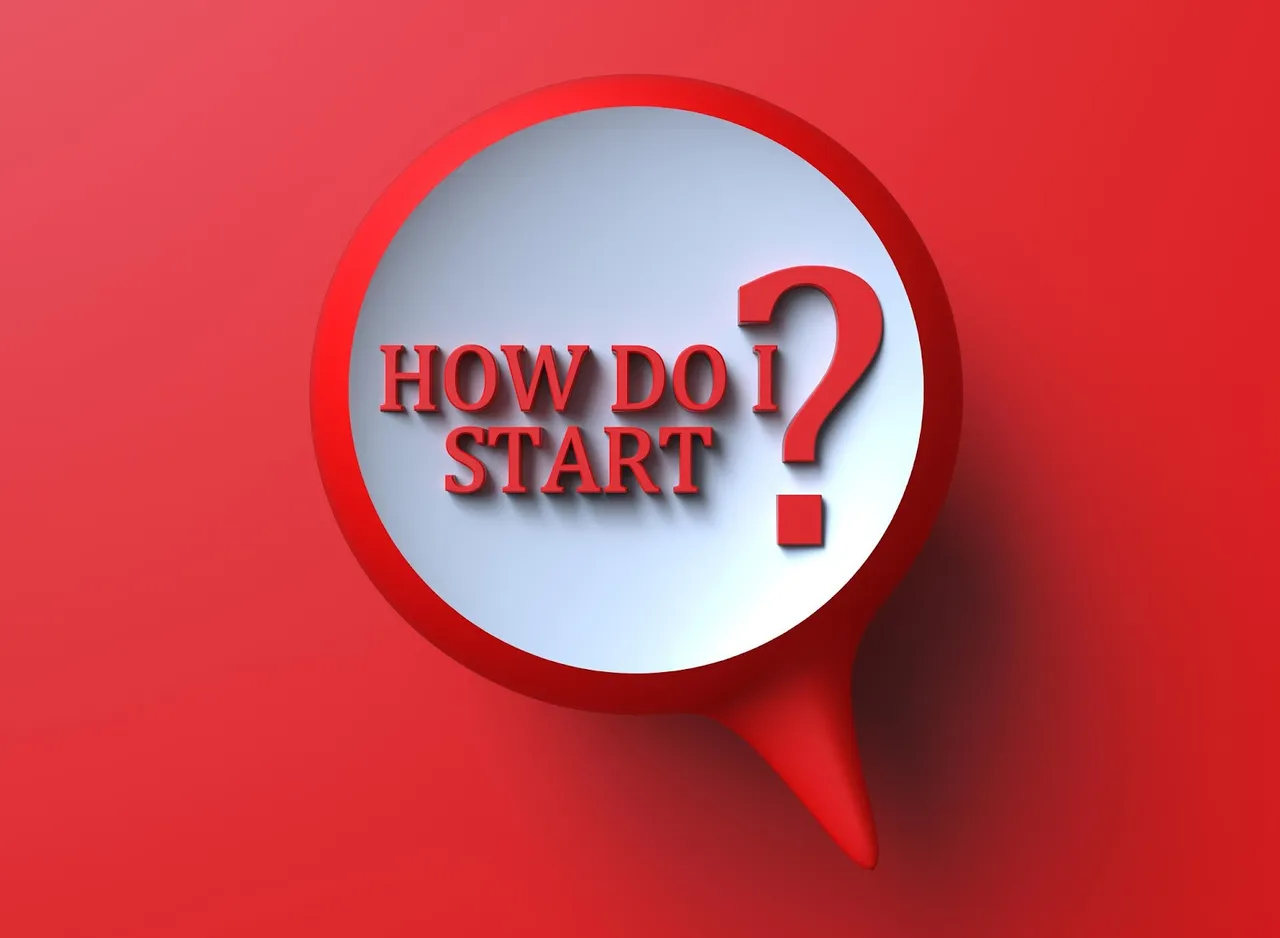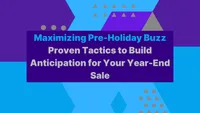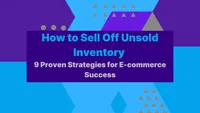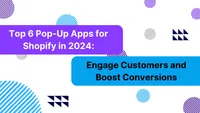The Ultimate Guide to Shopify Dropshipping in 2024Shopify dropshipping is a low-cost, scalable way to launch an online business. With minimal overhead, the ability to sell without inventory, and growing eCommerce trends, 2024 offers a promising opportunity to build a successful dropshipping store. This comprehensive guide will walk you through everything—from setting up your store to finding profitable products and scaling your business.
1. What is Shopify Dropshipping?

In Shopify dropshipping, you sell products without stocking them yourself. Instead, you partner with suppliers who ship products directly to your customers. Shopify integrates with dropshipping apps, allowing you to sync products effortlessly from suppliers to your store.
The main benefits are:
-
Low upfront investment: No need to buy or store inventory.
-
Automation: Order fulfillment is managed by suppliers.
-
Flexibility: You can run your store from anywhere.
However, dropshipping comes with challenges, such as lower margins, longer shipping times, and less control over product quality.
2. How to Set Up Your Shopify Dropshipping Store

Here’s a step-by-step breakdown to get your store up and running:
-
Create a Shopify Account: Sign up for Shopify and choose a pricing plan. Use the free trial to explore the platform.
-
Select a Niche: Choose a product category based on trends or your personal interests. Focus on products with consistent demand to ensure steady sales.
-
Choose a Theme: Select a mobile-friendly Shopify theme such as Dawn or Debut. Customize it to align with your brand’s look and feel.
-
Install Dropshipping Apps: Apps like DSers and Spocket help you import products from trusted suppliers directly into your store.
After these steps, your Shopify store will be ready to accept orders.
3. Finding Winning Products
Finding the right products is essential for long-term success. Follow these strategies to select high-potential items:
1. Use Marketplaces and Trends
-
Browse platforms like AliExpress and Spocket to discover trending items.
-
Use Google Trends to identify products with growing demand.
2. Look for Evergreen Products
Evergreen products like clothing essentials or home décor sell well throughout the year, minimizing seasonal dips.
3. Test with Ads
Start with small Facebook ad campaigns to test new products. If the ads show positive engagement and conversions, consider scaling the campaigns.
4. Managing Suppliers and Inventory
Working with reliable suppliers is crucial. Use these tips to ensure smooth operations:
-
Communicate Regularly: Maintain close communication with suppliers to manage stock levels and shipping timelines.
-
Local Suppliers for Faster Shipping: Use apps like Spocket to source products from U.S. and European suppliers to reduce shipping delays.
-
Order Samples: Test product quality by ordering samples before adding items to your store.
5. Marketing Your Shopify Dropshipping Store
Marketing is critical to driving traffic and generating sales. Here are key marketing strategies:
1. Social Media Ads
Use Facebook, Instagram, and TikTok ads to target your ideal audience. Focus on visually appealing products that perform well in ad formats.
2. Email Marketing
Capture leads with pop-ups and offer discounts for subscribers. Use email campaigns to promote new arrivals, flash sales, or personalized recommendations.
3. Search Engine Optimization (SEO)
Create SEO-optimized product descriptions and blog content to attract organic traffic. Blog posts answering common product-related questions can boost visibility in Google search results.
6. Automate Operations and Scale Your Business
As your business grows, automation becomes essential to manage daily operations efficiently.
Use Shopify Apps for Automation:
- Shopify Flow automates processes such as sending shipping notifications and managing low-stock alerts.
- Oberlo and DSers streamline order fulfillment by syncing your store with suppliers.
Expand to Other Sales Channels: Sell on platforms like Amazon, eBay, and Google Shopping to reach more customers.
Upsell and Cross-Sell Products: Use apps like Bold Upsell to recommend related products during checkout, increasing average order value (AOV).
7. Monitoring and Improving Performance
To grow your store, track performance metrics using Shopify Analytics and Google Analytics. Key metrics include:
-
Conversion Rate: Percentage of visitors who make a purchase.
-
Average Order Value (AOV): The average amount spent per order.
-
Customer Acquisition Cost (CAC): The amount spent to acquire a new customer.
Review these metrics regularly to identify areas for improvement. If your conversion rate is low, optimize your product pages or checkout process. If your CAC is too high, adjust your ad targeting.
Common Mistakes to Avoid in Dropshipping
Here are some pitfalls to watch out for:
-
Choosing Oversaturated Products: Avoid highly competitive items unless you can differentiate yourself through branding or customer experience.
-
Ignoring Shipping Times: Always communicate shipping timelines upfront to manage customer expectations.
-
Underestimating Customer Support: Be responsive to customer inquiries to build trust and retain customers.
Conclusion: Build a Successful Shopify Dropshipping Store in 2024
Dropshipping on Shopify provides a low-risk way to start an eCommerce business, but it requires careful planning and ongoing optimization. Focus on finding winning products, partnering with reliable suppliers, and refining your marketing strategies to ensure long-term success. Use automation tools to scale efficiently, and track performance metrics to make data-driven decisions.
With the right approach, 2024 can be the year your Shopify dropshipping business takes off. Stay agile, learn from challenges, and continuously test new products and strategies to stay ahead of the competition.


